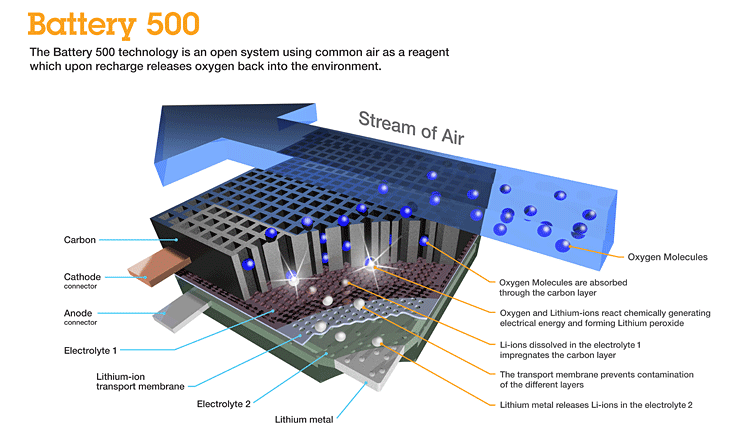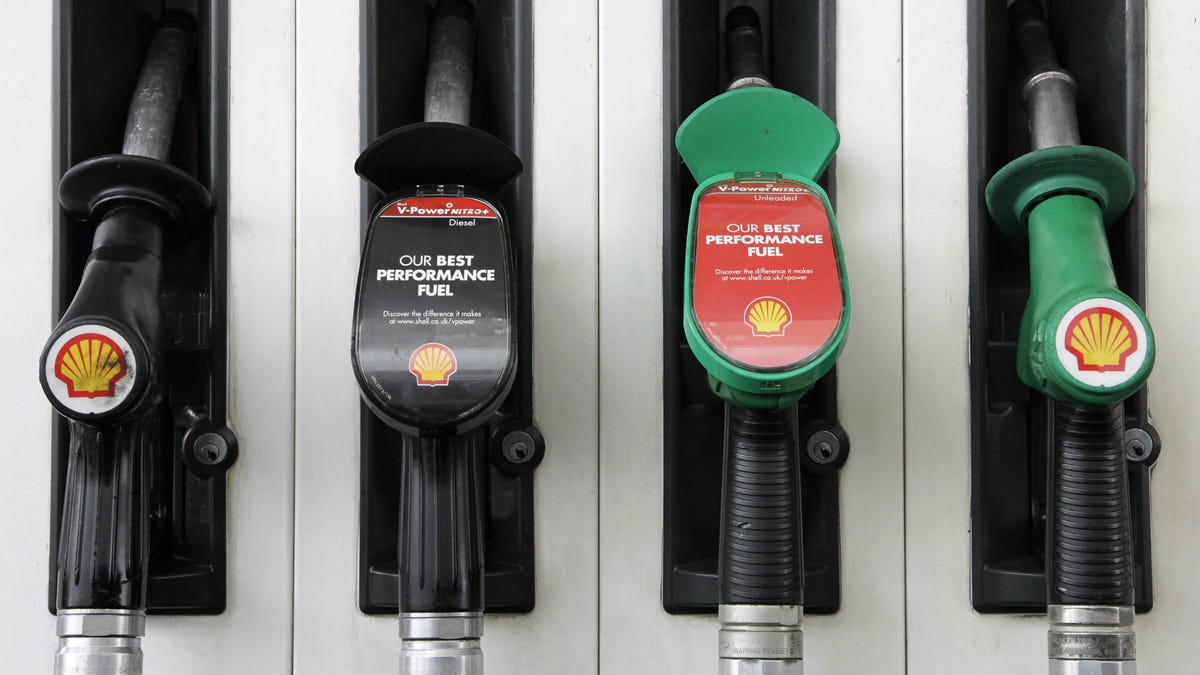An article in the Los Angeles Times newspaper suggests that electric vehicle (EV) sales are declining with no current prospect of recovery. According to senior analyst Jessica Caldwell of the automotive research company, Edmunds, sales of EVs stand at about 3.6% of all new car sales for 2014. This is below the 3.7% market share for 2013 and is not likely to grow at all before the end of this year.
This decline is occurring during a particularly strong sales season with total figures for August being higher than any time in the last decade. About 1.6 million vehicles were sold in the U.S. in August, an increase of about 3% from august 2013.
"The whole automobile market has grown," Caldwell said. We're not seeing electric vehicles as part of that growth."
According to Caldwell, the numbers are surprising to automobile forecasters who predicted that EV sales would continue to expand as more manufacturers came on line and costs came down. But this hasn't happened despite dealers offering increasingly better deals on financing and incentives.
Caldwell went on to say that relatively stable gas prices and increasing good fuel efficiency levels of gasoline-powered cars generally have led to a slackening interest in non-gasoline electric hybrid and plug-in vehicles. Buyers are looking at the higher average price of EVs and deciding that "the math doesn't really work out."
Caldwell thinks it's not likely that strong fourth quarter sales could reverse this trend. "The latter part of the year, as the weather gets colder, there tends to be more SUV and truck sales," Caldwell said. "So I don't expect to see a run on electric vehicles."
For the full article, go to:
Happy Motoring!
This decline is occurring during a particularly strong sales season with total figures for August being higher than any time in the last decade. About 1.6 million vehicles were sold in the U.S. in August, an increase of about 3% from august 2013.
"The whole automobile market has grown," Caldwell said. We're not seeing electric vehicles as part of that growth."
According to Caldwell, the numbers are surprising to automobile forecasters who predicted that EV sales would continue to expand as more manufacturers came on line and costs came down. But this hasn't happened despite dealers offering increasingly better deals on financing and incentives.
Caldwell went on to say that relatively stable gas prices and increasing good fuel efficiency levels of gasoline-powered cars generally have led to a slackening interest in non-gasoline electric hybrid and plug-in vehicles. Buyers are looking at the higher average price of EVs and deciding that "the math doesn't really work out."
Caldwell thinks it's not likely that strong fourth quarter sales could reverse this trend. "The latter part of the year, as the weather gets colder, there tends to be more SUV and truck sales," Caldwell said. "So I don't expect to see a run on electric vehicles."
For the full article, go to:
Happy Motoring!











Comment